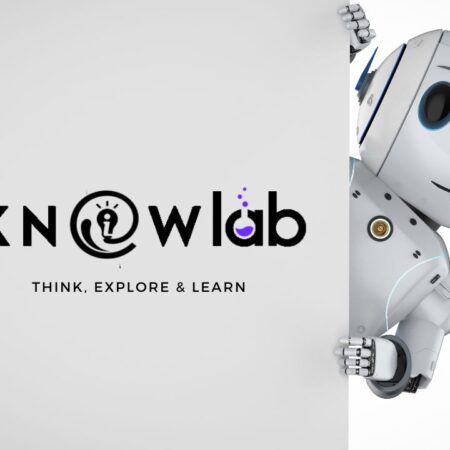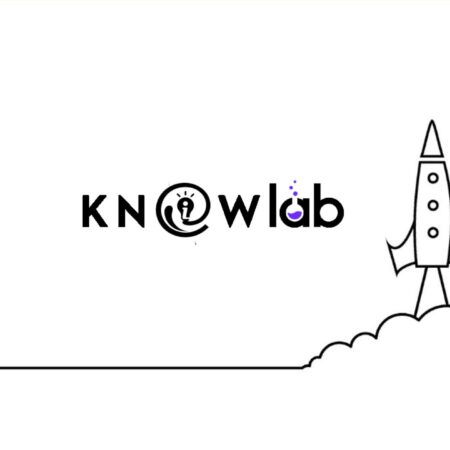
The concept of metaversities, a fusion of the metaverse and universities, has emerged as an innovative approach to education in recent years. These immersive educational platforms leverage virtual reality (VR) technology to create interactive learning environments that transcend physical boundaries. While metaversities offer exciting possibilities for transformative learning experiences, they also pose significant financial challenges for institutions seeking to expand their reach. In this blog post, we will delve into the potential of metaversities, the current challenges faced by pioneering institutions, and the need for sustained support to enable the growth and accessibility of these programs.
Unleashing the Power of Metaversities
Metaversities enable faculty and students to connect and collaborate in virtual realms, recreating realistic simulations of classrooms, historical settings, literature, human bodies, organs, and even other planets. This immersive approach allows for engaging and interactive learning experiences that were previously unimaginable. Students can explore ancient civilizations, witness scientific concepts in action, and interact with peers and professors in real-time, fostering a sense of presence and shared learning.
Pioneering Initiatives and Positive Feedback
Several institutions, including the University of Maryland Global Campus and Morehouse College, have embraced the concept of metaversities and participated in pilot programs facilitated by Meta, the parent company of Facebook. These programs have garnered positive feedback from both faculty and students. The ability to transcend physical limitations and immerse oneself in different learning environments has enhanced engagement and deepened understanding.
Financial Realities and Sustainability Challenges
Despite the evident benefits, the financial implications of implementing metaversity programs are a significant challenge for institutions. The cost of VR headsets, such as Meta’s Quest 2, presents a hurdle as schools need to secure a sufficient number of devices to accommodate faculty and students. Additionally, the need for regular equipment upgrades adds to the financial burden. The University of Maryland Global Campus, for instance, grapples with the cost of headsets and acknowledges the time required for prices to decrease and adoption to increase.
Strategic Decision-Making and Alternative Funding
Institutions must engage in strategic decision-making to determine which courses should incorporate VR headsets and prioritize their use. Considering the ongoing costs of maintaining and expanding metaversity programs, it becomes essential to allocate resources efficiently. Furthermore, exploring alternative funding methods, such as grant funding and collaborations with tech companies, can help sustain these programs without placing an additional financial burden on students.
The Role of Support and Collaboration
For metaversities to thrive and expand, it is crucial for tech companies and educational institutions to provide sustained support. Partnerships between universities and organizations like VictoryXR, which has received funding from Meta to facilitate the pilot programs, help ensure access to necessary resources, including VR headsets, training, and software. Such collaborations are vital to revitalizing and transforming education through immersive experiences.
Looking Ahead: A Path to Expansion
While metaversities have shown promise, the long-term expansion of these programs depends on securing sustainable funding and addressing logistical challenges. Institutions like Morehouse College and the University of Maryland Global Campus are evaluating the success of their respective pilot programs and exploring options to continue offering metaverse-based education. As technology advances and costs decrease, the scalability of metaversities will likely improve, making them more accessible to a larger student population.
Conclusion
Metaversities represent a groundbreaking frontier in education, harnessing the potential of VR technology to revolutionize the way we learn. Despite the financial obstacles faced by pioneering institutions, the positive feedback from faculty and students highlights the immense value of immersive learning experiences. To drive the growth and accessibility of metaversities, ongoing support from tech companies, grant funding, and strategic decision-making are paramount. By embracing and investing in metaverse-based education, we can shape a future where virtual reality enables students to explore limitless possibilities and cultivate their intellectual potential.
Follow us on Instagram and subscribe to Knowlab using the below form.





